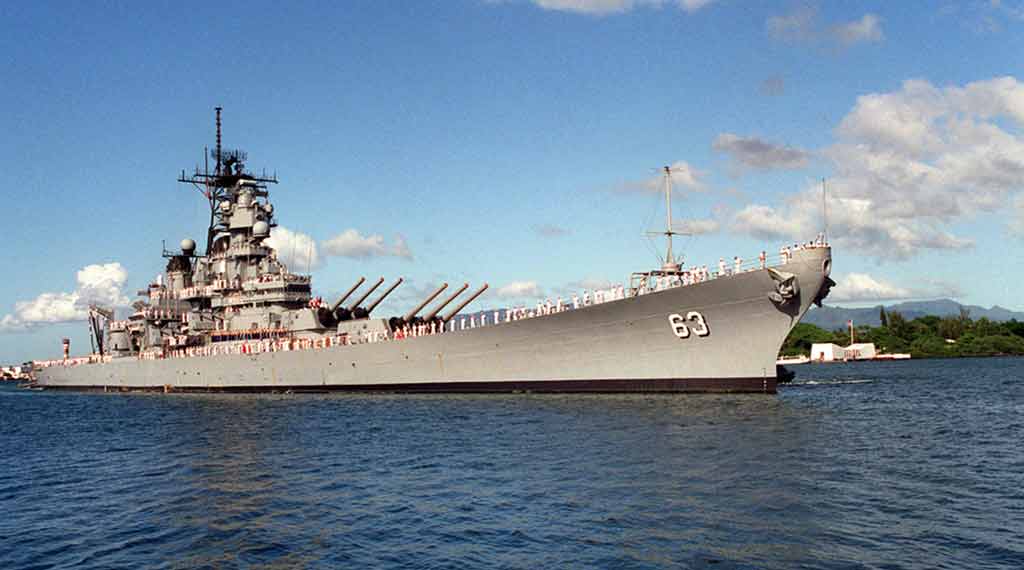
The USS Missouri, an Iowa-class battleship, played pivotal roles in WWII, the Korean War, and the Gulf War. Known as “Mighty Mo,” it gained fame as the site of Japan’s 1945 surrender, marking the end of WWII.
The Weapons: Equipped with nine 16-inch guns and powerful anti-aircraft defenses, the Missouri was a formidable force in battle.
The History: It served as part of the Fast Carrier Task Force, engaging in the Battles of Okinawa and Iwo Jima, and later saw action in Korea and Kuwait. Today, the Missouri is preserved as a museum at Pearl Harbor, honoring its historic contributions to U.S. naval warfare.
USS Missouri: The Legendary Battleship with a Historic Legacy
Perhaps the most famous battleship ever constructed for the U.S. Navy, the USS Missouri has a well-respected history.
The Iowa-class battleship played leading roles in the Second World War, the Korean War, and the Gulf War.
- Has Russia Finally Sold its Su-35s to Iran? - December 2, 2025
- Iran’s Growing Missile Arsenal Is a Challenge for Israel - November 18, 2025
- IAI Is Hoping to Secure a Contract for the “Golden Dome” - November 3, 2025
